The golden age of Detroit’s automotive industry birthed numerous luxury vehicles that are now largely forgotten. Many of these standout models once epitomized opulence and innovation, yet have faded into obscurity over the decades. Here are nine luxury cars that deserve a second look.
1. The Chrysler Newport
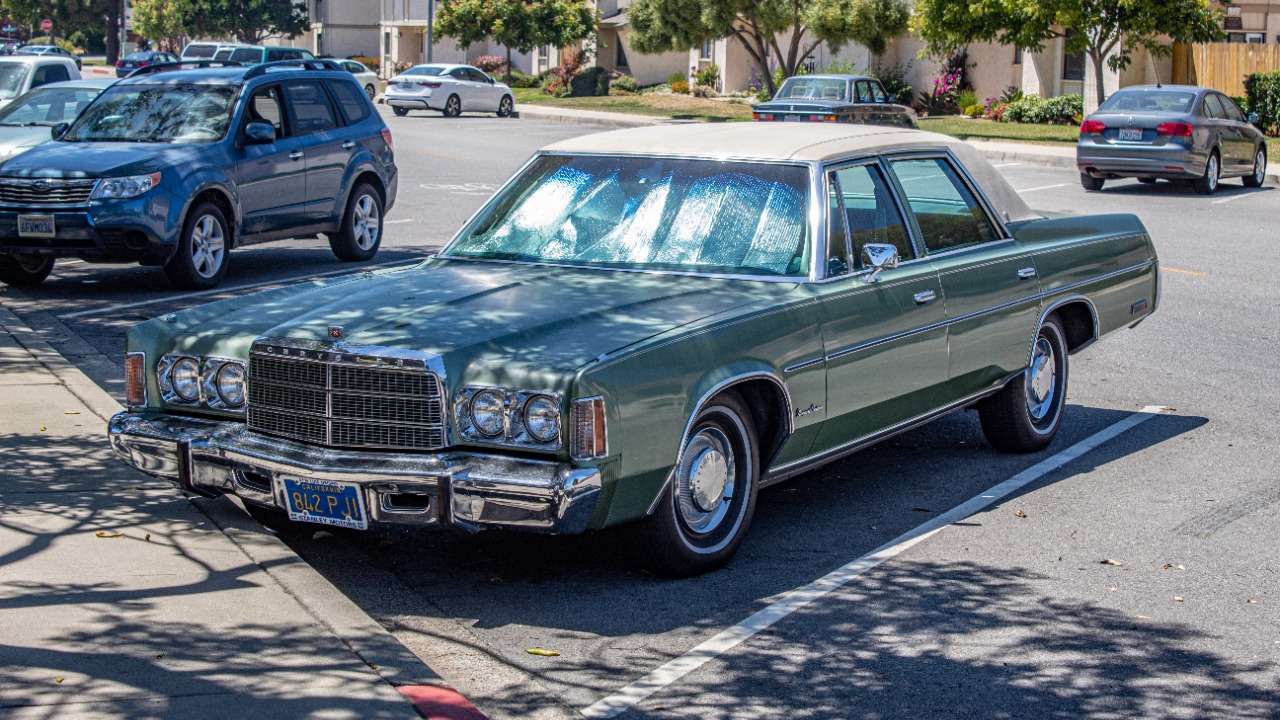
The Chrysler Newport, introduced in the early 1960s, was a symbol of luxury and sophistication. With its sleek lines and spacious interior, it quickly became a favorite among American elites. The Newport featured premium upholstery, advanced sound insulation, and an array of options that included power windows and air conditioning, making it a sought-after vehicle for those who valued comfort and style.
Despite its initial success, the Newport began to decline in popularity by the late 1970s. Changes in consumer preferences, an economic downturn, and increased competition from foreign luxury brands contributed to its fading status. Chrysler eventually phased out the Newport, but its legacy as a once-coveted luxury sedan remains notable.
2. The Buick Riviera
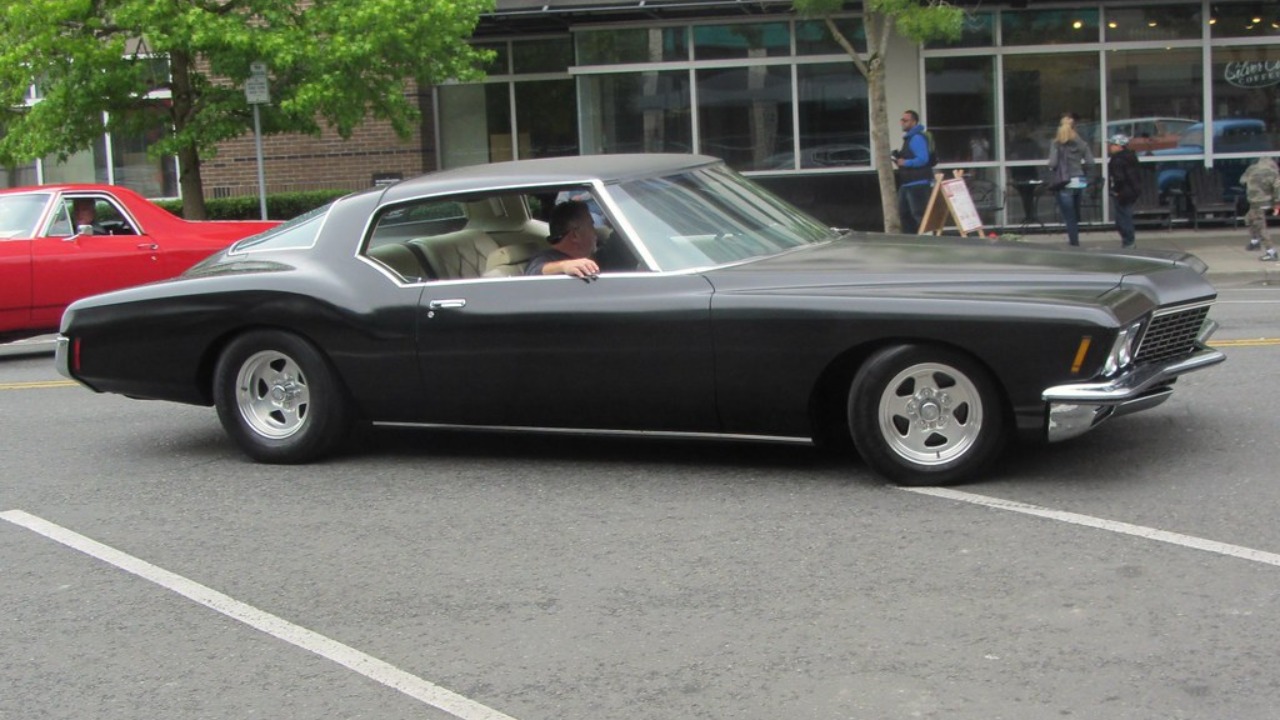
Launched in 1963, the Buick Riviera stood out with its unique styling, featuring a long hood and a fastback roofline that set it apart from other luxury coupés. The Riviera was not only aesthetically pleasing but also packed with engineering advancements, including a powerful V8 engine and a sophisticated suspension system that provided a smooth ride. It was a favorite among car enthusiasts and a symbol of American luxury during its prime.
However, as the 1980s approached, newer models and changing consumer tastes began to overshadow the Riviera. The introduction of more compact and fuel-efficient vehicles led to a decline in demand for large luxury cars, ultimately resulting in the Riviera’s production ending in 1999. Its once-celebrated design and performance have since been largely forgotten.
3. The Oldsmobile Toronado

The Oldsmobile Toronado, launched in 1966, was a groundbreaking vehicle that pioneered front-wheel drive technology in luxury cars. This innovative design not only improved handling and traction but also allowed for a more spacious interior. The Toronado was known for its distinctive styling, featuring a bold front grille and a smooth silhouette, which made it a standout on the road.
Throughout its production, the Toronado received various updates and redesigns, but its legacy ultimately diminished by the late 1970s. With the shifting focus towards smaller vehicles and increased competition from European luxury brands, the Toronado’s once-prominent status faded. Nevertheless, it remains a significant chapter in the history of American automotive innovation.
4. The Cadillac Eldorado
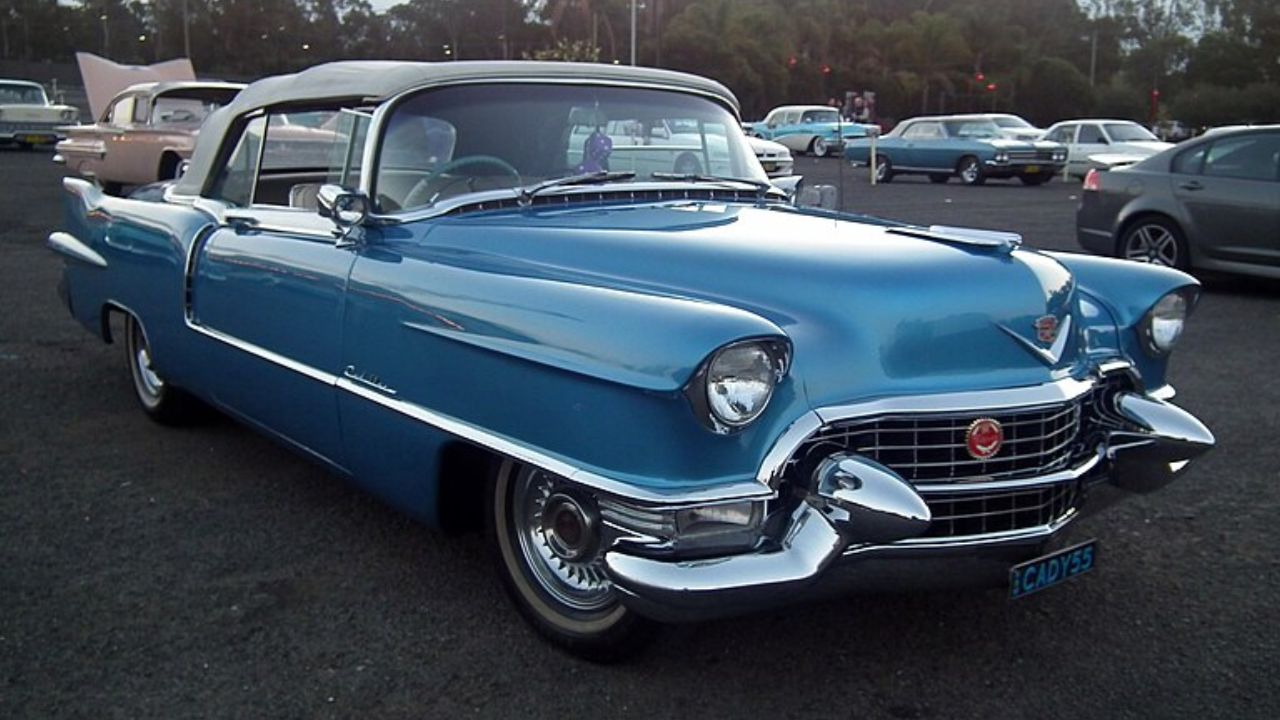
The Cadillac Eldorado, particularly in the 1950s and 60s, was the epitome of luxury in the Cadillac lineup. Known for its extravagant features such as tailfins, plush interiors, and powerful engines, the Eldorado was a favorite among affluent buyers. It represented the peak of American automotive design, with a focus on comfort and style that was unmatched at the time.
However, as consumer preferences shifted towards more practical vehicles in the 1970s and 80s, the Eldorado’s appeal began to wane. Despite several redesigns, the once-esteemed model failed to capture the same market share it once had. By the early 2000s, it was discontinued, leaving behind a legacy that is often overlooked in discussions of luxury cars.
5. The Lincoln Continental
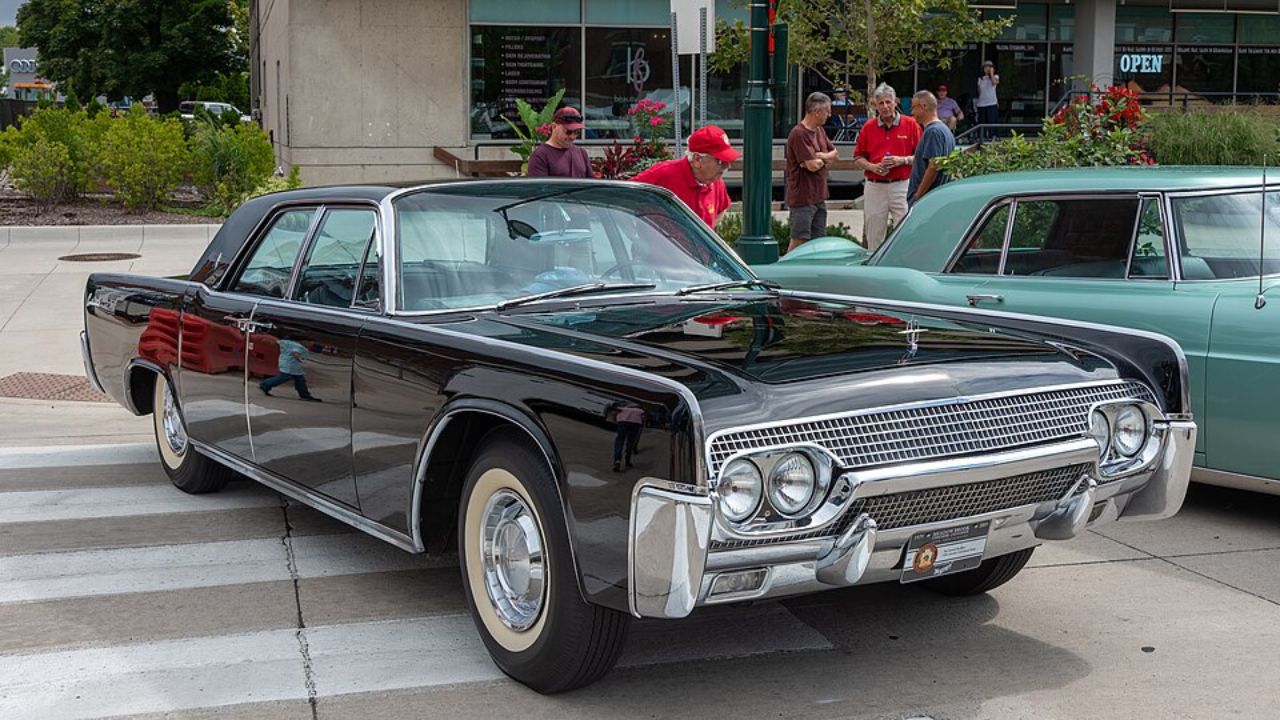
The Lincoln Continental has long been associated with luxury and prestige, notably serving as a presidential limousine. Its spacious interior, elegant design, and high-end features made it a symbol of American luxury throughout the decades. The Continental underwent various redesigns that included technological advancements, such as electronic windows and climate control, further solidifying its reputation.
Despite its illustrious history, the Continental faced challenges in the 1990s as consumer preferences shifted towards SUVs and crossovers. The demand for full-size luxury sedans diminished, leading to a decline in the model’s presence in the luxury market. Although it was revived in 2017, the Continental’s legacy is often overshadowed by other luxury brands.
6. The Mercury Marquis

The Mercury Marquis was introduced in the 1970s as a luxury full-size sedan that aimed to compete with other established brands. It offered a spacious interior, comfortable seating, and a smooth ride, making it appealing to buyers seeking a blend of comfort and style. Notable features included plush leather upholstery and advanced sound systems, which helped position the Marquis as a respectable option in the luxury market.
However, by the late 1980s, Mercury began to struggle with brand identity and sales. The rise of more efficient and compact vehicles, along with changes in consumer preferences, led to the eventual discontinuation of the Marquis. Today, it is often forgotten in discussions about classic luxury vehicles.
7. The Pontiac Grand Prix

Initially launched as a sporty coupe in the 1960s, the Pontiac Grand Prix evolved into a luxury vehicle by the 1970s. Its transformation included the introduction of upscale features like premium sound systems and high-quality interiors, appealing to a broader demographic. The Grand Prix became a favorite due to its combination of sportiness and luxury, standing out in a crowded marketplace.
However, as consumer preferences shifted towards more practical vehicles in the 1980s and 90s, the Grand Prix’s luxury appeal began to diminish. The rise of SUVs and crossovers led to a decline in demand for traditional sedans, resulting in the Grand Prix’s eventual discontinuation in 2008. Its legacy, once celebrated, is now often overlooked.
8. The Studebaker Avanti
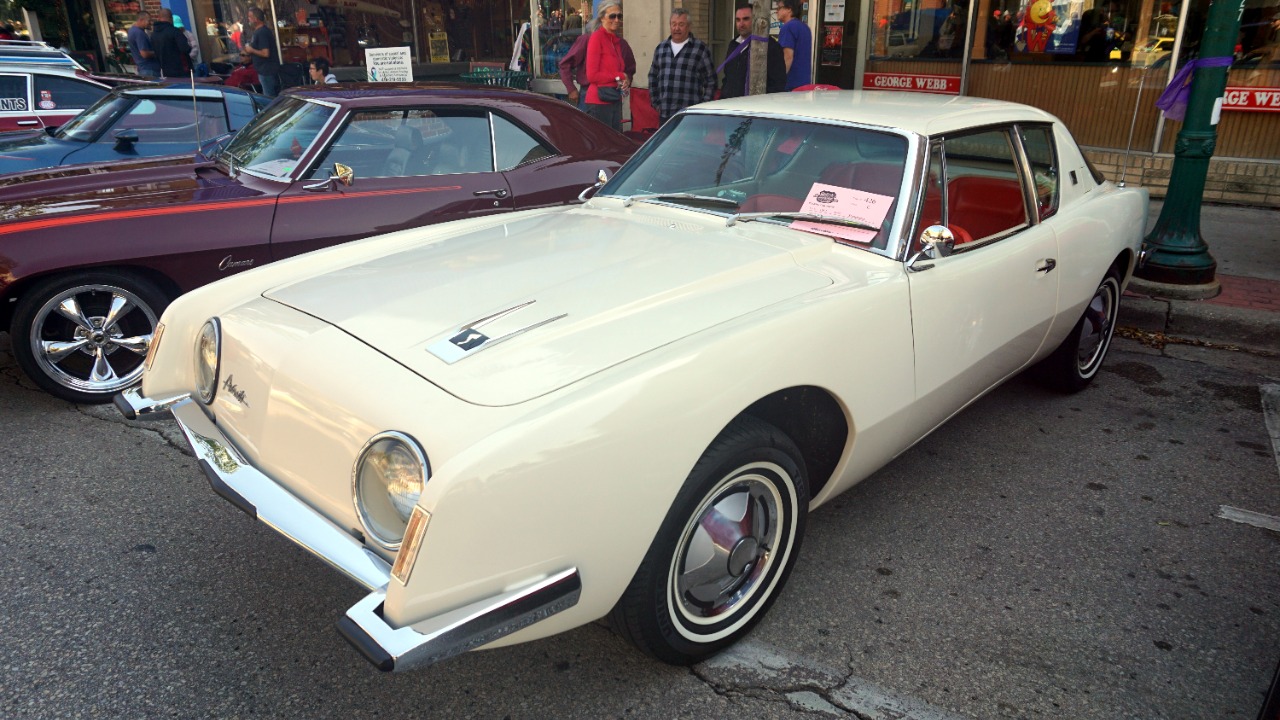
The Studebaker Avanti, introduced in 1962, was an avant-garde luxury car that showcased cutting-edge design and engineering. With its fiberglass body and unique styling, the Avanti was a departure from traditional automotive design at the time. It featured powerful V8 engines and advanced technology, making it a remarkable vehicle in its era.
Despite its innovative features and cultural significance, the Avanti had a limited production run and struggled to gain widespread acceptance. Studebaker’s financial difficulties ultimately led to the company’s demise, and the Avanti faded into obscurity. Today, it is remembered for its bold design and the risks it took in luxury automotive design.
9. The AMC Pacer

The AMC Pacer, introduced in 1975, was marketed as a luxury compact car, a unique positioning at the time. With its distinctive jellybean shape and large windows, the Pacer stood out in a market dominated by traditional sedans. It offered features such as a spacious interior and a high level of amenities, appealing to buyers looking for a different kind of luxury.
However, the Pacer received mixed reviews and ultimately struggled to find its place in the luxury segment. Its unconventional design and marketing approach led to a niche appeal, and as consumer preferences evolved, it became less relevant. Today, the Pacer is often remembered as a quirky footnote in automotive history, rather than a serious contender in the luxury market.
Like Fast Lane Only’s content? Be sure to follow us.
Here’s more from us:
*Created with AI assistance and editor review.

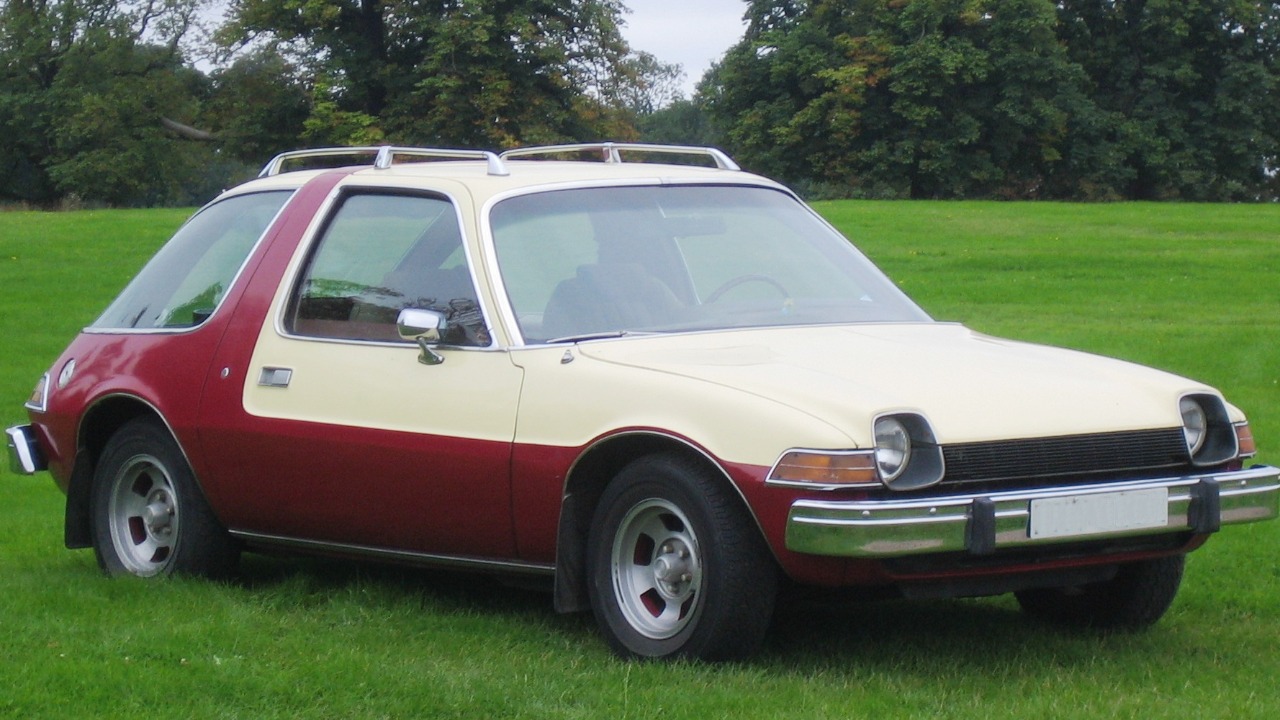





Leave a Reply